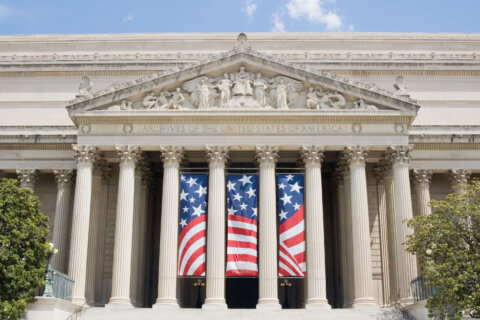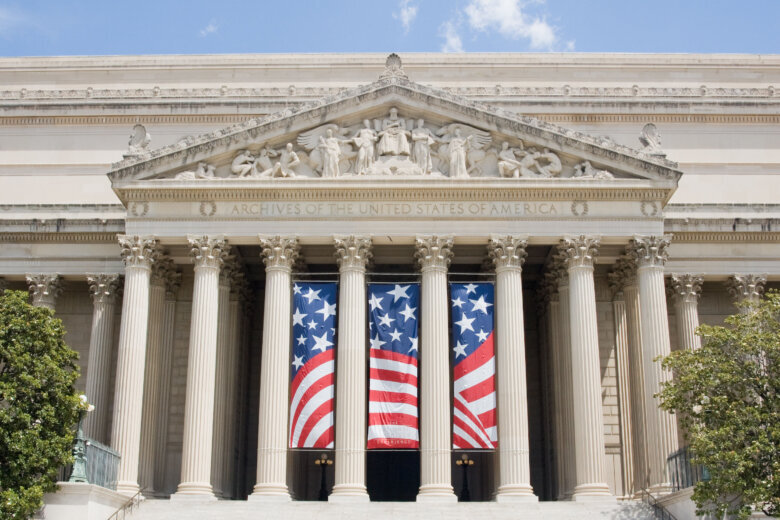
The Emancipation Proclamation will be on display at D.C.’s National Archives for the first time in two-and-a-half years over the long Juneteenth holiday weekend.
The ‘Juneteenth’ General Order No. 3 also will be featured.
“The people to whom this order was addressed, were the last group of formerly enslaved African Americans to be informed that all formerly enslaved persons were now free,” said Damani Davis, the African American records subject matter expert for the National Archives and Records Administration.
Even after President Abraham Lincoln signed the Emancipation Proclamation on Jan. 1, 1863, the Civil War continued and many enslavers continued to hold enslaved Black people captive. General Order No. 3 arrived in Texas on June 19, 1865.
“General Order No.3 represents the federal government’s final execution and fulfillment of the terms of the Emancipation Proclamation,” Davis said.
People learning about the Emancipation Proclamation as children in school might not be familiar with what the document actually declared.
“Most aren’t familiar with all of the details. The Emancipation Proclamation only freed those who were enslaved in the rebellious Confederate states. It also was the document — the official, legal document allowing African Americans to now serve in the Union forces. So that’s something that many are not aware of,” Davis said.
Davis explained that Lincoln didn’t free all the enslaved people in the U.S. because of “the political situation on the ground;” his ultimate desire being to preserve the Union.
“He didn’t want to alienate, for instance, border states that were, at that time, still loyal to the Union, but many of the citizens of those states still supported the institution of slavery,” Davis said. “He wanted to prevent them from leaving the Union and joining the Confederacy.”
Davis believes the Emancipation Proclamation advanced ideals of freedom detailed in the Constitution and is an instance of the United States “addressing what some have described as that original sin, the original sin of slavery.”
You can find a transcription of the Emancipation Proclamation here.
The documents to be on display over the long weekend can only be in daylight for 36 hours per year to help keep them preserved for the ages.
Timed entry tickets to skip the public line are all gone for the 2022 weekend. Through the support of Boeing, the Emancipation Proclamation will be on display annually at the National Archives through 2028.
People entering the National Archives Museum will be subject to security measures that include passing through a magnetometer and sending personal belongings through an x-ray scanner. If you have a heart pacemaker or other medical device that might be disrupted by the magnetometer or give the machine a false reading, it is recommended you ask to be screened with a handheld wand.
You can see digital scans of General Order No.3 here. Digital scans of the Emancipation Proclamation are here.
The National Archives Museum is on Constitution Avenue at 9th Street NW. There are special extended hours of 10 a.m. to 7 p.m. for the Juneteenth holiday weekend from June 18 through June 20.









